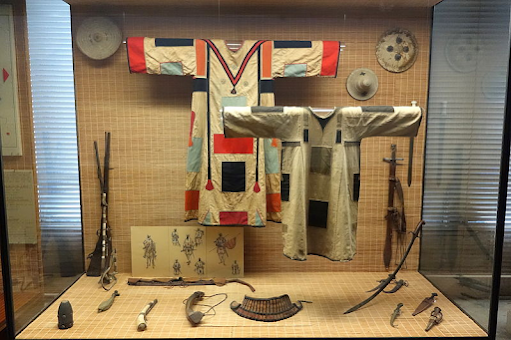Khalwa Education in the Funj Sultanate, c. 1500–1820
Khalwa Education in the Funj Sultanate, c. 1500–1820
@CaspoidII
Although the Nile Valley came under the tutelage of the Muslim Funj sultanate in the early 16th century, it would be until the 17th century that Muslim holymen began to make their mark upon the region under Sultan ʿAdlān I. [1] Further, it was not until midway through the 17th century that Sudan saw the birth of its mythical “folk heroes” in the homegrown holymen. [2] The Sudanese holyman, or fakī, came in two forms: the Sufi mystic, and the orthodox. The Sufis organized themselves into ṭarīqa(s), whilst the orthodox tended to emerge from the urbanites and provided judges for towns such as Sinnār, ʿArbajī, etc. [3] It was also the responsibility of the holy man to educate their pupils.
Islamic education in the Funj Sultanate came in three prominent forms: the Qurʾānic khalwa [or kuttab], the orthodox madrasa, and the Sufi khalwa. [4] In the Qurʾānic khalwa, the shaykh of the khalwa would instruct his students, youths 6–15 years of age known as ṣibiyān (alternatively murīdīn or talāmidha), [5] in the alphabet on wooden tablets (sing. lawḥ) before moving onto the memorization of the Qurʾān (via those same wooden tablets). [6] In return for seeing to these children’s education, the shaykh often expected his students to perform manual labor such as field work or collecting firewood. [7] This was the most common form of education and the starting point for virtually all religious men.
The next stage in Sudanese education of the era was the madrasa. Such as the khalwa(s), the madrasa(s) tended to be private institutions connected to mosques built by holymen on their private estates. This was institute favored by the more orthodox holyman, where students would be instructed things such as fīqh (namely Mālikī, though Shāfiʿī was also present), theology, grammar, and Qurʾānic interpretation, alongside readings of books such as Khalīl's Mukhtaṣar and Ibn Abī Zayd's Risāla. Many of those who continued in this path became urban judges, but many others who briefly attended the madrasa(s) would drift toward a more mystical calling. [8]
Many students who attended the Sufi khalwa(s) had experience in the Orthodox madrasa(s), one such example in the Turco-Egyptian era being Muḥammad Aḥmad b. ʿAbdallāh, the Sudanese Mahdī. [9] Adherents joined their shaykh(s) on their private estates, receiving education in the Islamic sciences as well as the customs of the ṭarīqa(s) to which their master belonged. [10] Many were drawn to the communities of these holymen due to their offering safe haven, the estates on which they resided being granted exemptions from interference from the nobility. [11] In the era of the Hāmaj regents these fakī(s) gained an expanded influence, receiving notable positions in the court of Sinnār as wazīr(s), tax-collectors, etc. [12] Many other students of the khalwa(s) were westerners, coming to the Nile Valley along the pilgrimage routes from places such as Dār Fūr and farther afield. [13] An example of this phenomenon could likely be found in the Khalīfa ʿAbdallāhi, whose family originated from the Lake Fitri region. [14]
Though the increased presence of the holymen and the creation of an Islamic middle class in Sudan likely did much to increase the literacy rates within the kingdom, a large proportion of the community remained peasant farmers. Thus, literacy remained a tool primarily of holymen and the elite, by whom the former were typically employed. This trend is made particularly evident when one looks towards the judiciary of the Funj sultanate, which decidedly disadvantaged the peasant class. [15]
Footnotes:


Comments
Post a Comment